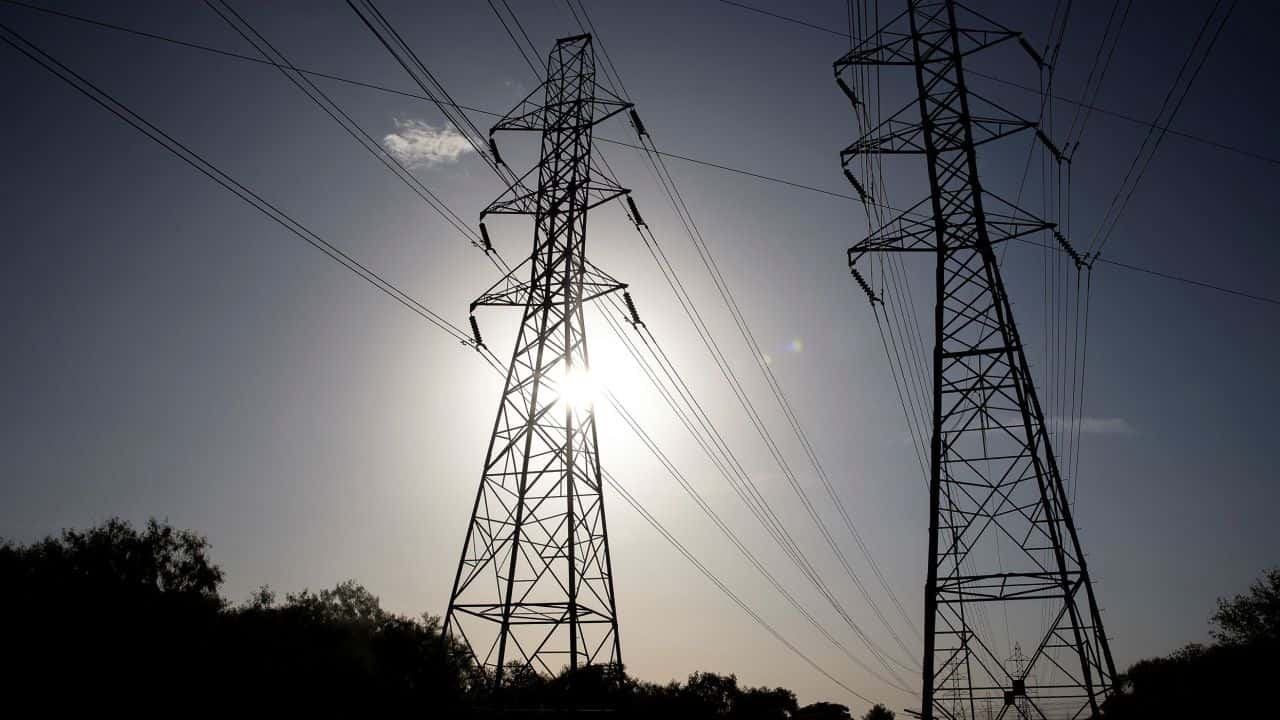The decline is anticipated due to the expectation of milder weather conditions, leading to decreased demand for both heating and cooling.

The U.S. Energy Information Administration (EIA) has released its Short-Term Energy Outlook (STEO), projecting a reduction in power consumption for 2023 compared to the record high levels of the previous year
The U.S. Energy Information Administration (EIA) forecast, power demand is expected to decrease from the 2022 record of 4,070 billion kilowatt-hours (kWh) to 4,022 billion kWh in 2023. However, it is predicted to rise again to 4,116 billion kWh in 2024, driven by economic growth. Specifically, the U.S. Energy Information Administration (EIA) envisions a decrease in power sales for residential consumers to 1,468 billion kWh and for commercial customers to 1,385 billion kWh in 2023. In contrast, power sales to industrial customers are expected to increase to 1,021 billion kWh.
In comparison to the peak levels of 2022, residential power consumption is projected to decrease from 1,509 billion kWh, commercial from 1,391 billion kWh, and industrial from 1,064 billion kWh.)
The U.S. Energy Information Administration (EIA) also anticipates a shift in energy sources, with the natural gas share of power generation increasing from 39% in 2022 to 42% in 2023, before declining to 41% in 2024
The percentage of coal’s contribution to the energy mix is anticipated to decrease, going from 20% in 2022 to 16% in 2023 and further down to 15% in 2024. This decline is due to the increasing production of gas and renewable energy sources. Renewable energy’s share is expected to rise from 21% in 2022 to 22% in 2023 and 24% in 2024, while nuclear power will maintain a steady 19% share for 2022, 2023, and 2024.
According to the U.S. Energy Information Administration (EIA), residential consumers are forecasted to use 12.60 billion cubic feet per day (bcfd) in 2023, commercial customers are expected to use 9.24 bcfd, and industrial customers are projected to consume 23.35 bcfd. Simultaneously, gas sales for power generation are anticipated to increase to 35.30 bcfd.
These U.S. Energy Information Administration (EIA) projections indicate a notable shift in both power consumption patterns and energy sources in the coming years.
READ ALSO: Michigan Powerball Lottery Club Strikes Gold With $1 Million Win




